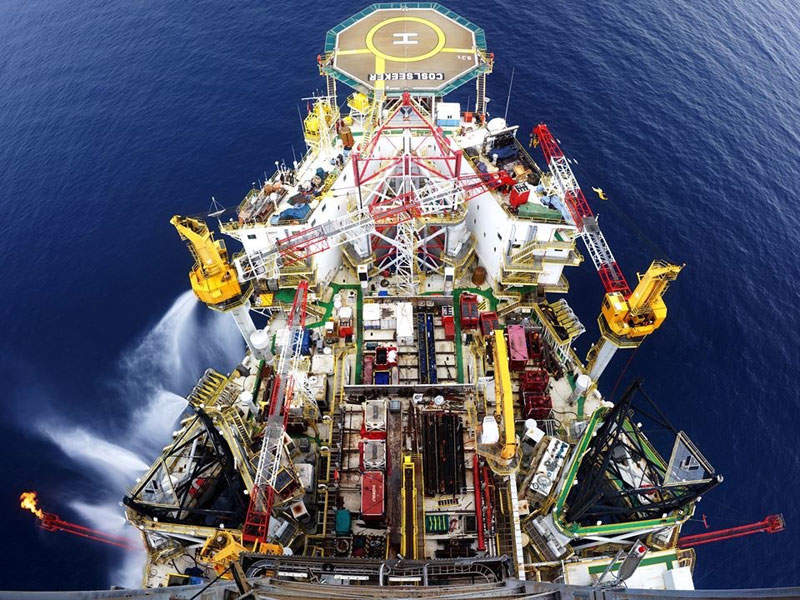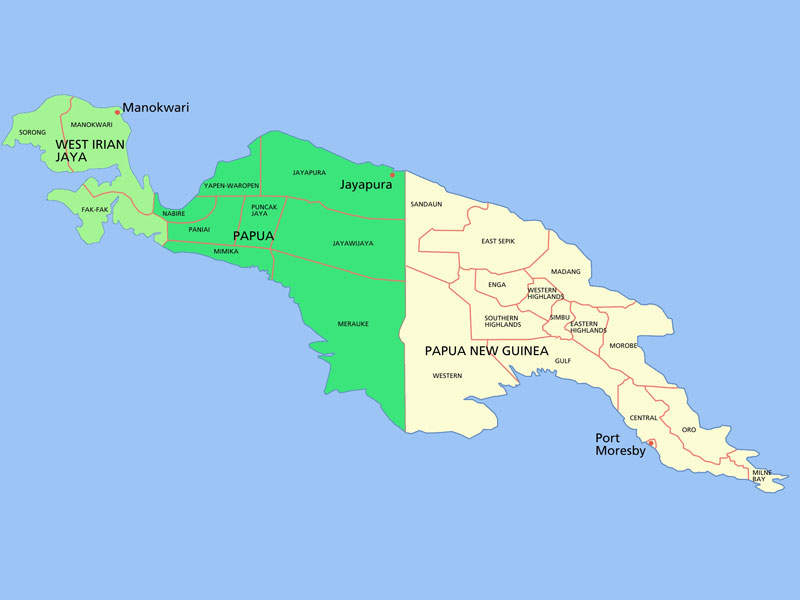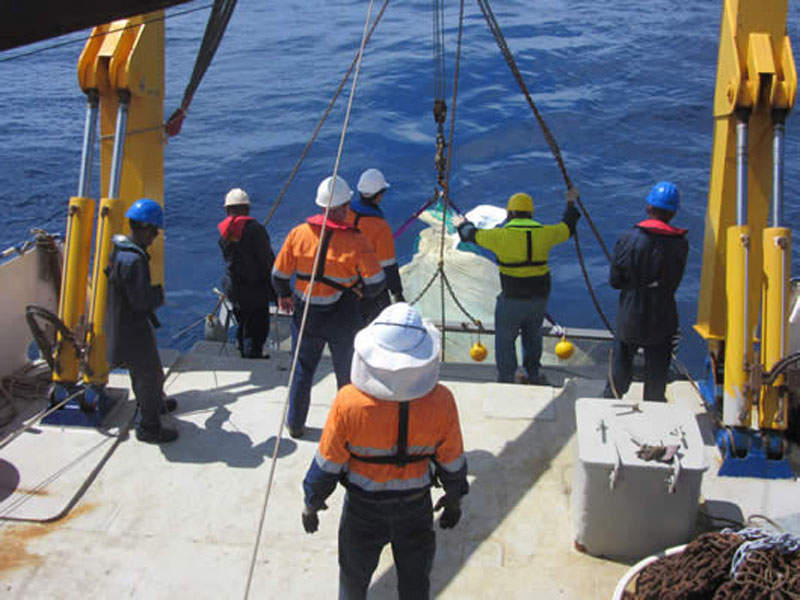
Pasca A gas condensate field is located in the PPL 328 production lease of the Gulf of Papua, off the shore of Papua New Guinea (PNG) in 93m of water.
It is expected to be the first offshore field to be developed in the country.
The field is operated by Twinza Oil, which holds 90% interest in the field, while Petromin Holdings’ subsidiary Eda Oil Limited holds the remaining 10% interest.
A development application for the field has been submitted, with first production targeted for 2020.
The final investment decision on the gas condensate field is expected to be taken in 2018.
The development is expected to cost between $350m and $550m.
Pasca A discovery, geology and reserves
The Pasca A was discovered by the Pasca-1 well in 1968.
It has lain dormant since its discovery due to a lack of data regarding its technical and financial feasibility.
The field reservoir is part of a carbonate pinnacle reef located 95km off the shore of the Gulf of Papua.
The field’s estimated recoverable resources are 93 million barrels of oil equivalent (Mboe).
Exploration and appraisal
Pasca A was appraised by the Pasca A2 well in 1969, although the then-operators faced difficulties with drilling due to loss of fluids.
The field was subsequently deemed non-commercial, citing the lack of a gas market.
A third well known as Pasca-A3 was drilled in 1983, which experienced numerous kicks and ultimately led to surface-case failure.
Data recovered from the three appraisal wells revealed the field’s high flow capacity.
Twinza Oil carried out an extensive four-year technical assessment, including 3D marine seismic surveys and a comprehensive technical evaluation.
The company then submitted a Petroleum Development License for the field based on the results of the assessment.
An additional fourth well is planned to be drilled in the third quarter of 2017 by the COSLSeeker jack-up rig and suspended for future development.
Pasca A field development details
Pasca A is scheduled for development as a standalone development in two phases via a production platform and two floating storage and off-take (FSO) vessels.
The production platform will consist of wet gas-processing facilities.
Phase one of the project will see the extraction of wet gas, which will be processed into natural gas liquids (NGLs) such as condensate, LPG and dry gas.
The produced dry gas will be reinjected for development during later stages.
Phase two of the project will include the exportation of dry gas from the field.
A total of five wells are planned to be drilled, including three production wells and two gas injection wells. Additional wells may also be drilled if deemed necessary.
The two FSOs are expected to be spread-moored, with one FSO being used for condensate and the other for LPG.
The LPG FSO is expected to be bridge-connected to the production platform and will include various accommodation facilities.
Contractors involved
Baker Hughes has been contracted to provide drilling services during the appraisal and development phases of the project.
The scope of the deal also includes the supply of gas processing, compression and subsea control equipment.
RX Sub.sea will provide consultancy services relating to the development’s subsea umbilicals, risers and flowlines (SURF).
China Oilfield Services was awarded a contract to supply the COSLSeeker jack-up rig for drilling operations.
Metocean Services International was awarded a deal for the provision of metocean measurement services for a period of one year.
ERIAS Group was responsible for preparing the environmental impact statement for the project.






